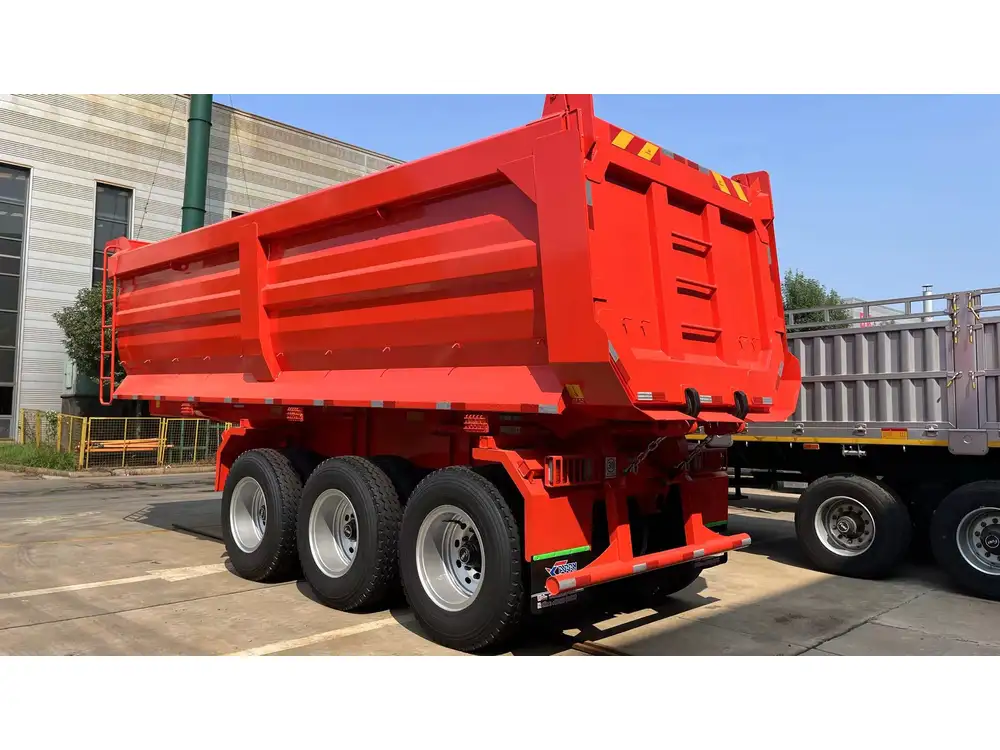Understanding the logistics of transporting beer efficiently can significantly impact any distribution business’s success. When it comes to semi-trailers and beer logistics, one common query arises: How many cases of beer fit in a semi trailer? The answer is not as straightforward as one would think. The fitment depends on a multitude of factors including trailer specifications, the type of beer cases, and load configurations. In this comprehensive analysis, we will explore the intricacies of beer transportation and delve into how to maximize space in a semi-trailer while ensuring safety and compliance.
Semi Trailer Specifications: A Foundation for Calculation
Dimensions of a Standard Semi Trailer
A typical semi trailer, often used for freight transport, has dimensions that play a crucial role in determining the cargo capacity. Here are the key specifications:
| Specification | Standard Measurements |
|---|---|
| Length | 53 feet |
| Width | 8.5 feet |
| Height | 13.5 feet |
| Interior volume | Approximately 3,800 cubic feet |
With these dimensions in mind, we can analyze how many beer cases fit into this space.

Volume Calculations: Beer Cases Defined
To understand how many beer cases can fit into a semi-trailer, we first need to establish the specifications of a standard beer case. A typical beer case contains 24 cans or bottles, depending on the packaging. Let’s break it down:
| Type of Case | Dimensions (inches) | Volume (cubic inches) | Volume (cubic feet) |
|---|---|---|---|
| Standard case (24 cans) | 16 x 10.5 x 12 | 2,016 | 1.167 |
| Standard case (12 bottles) | 19.5 x 12 x 10.5 | 2,532 | 1.463 |
Here, we see two common types of cases used in the beer industry: the case of 24 cans and the case of 12 bottles.
Loading Configurations: Maximal Utilization of Space
The method of stacking and orientation of the beer cases also dramatically influences the total loadable quantity. Let’s analyze a few typical configurations:
Flat Stacking: Cases are stacked directly on top of each other.
This method is efficient in maximizing vertical space but requires additional stability measures.
Palletized Load: Beer cases are loaded onto pallets for easier handling.
A standard pallet measures 48 x 40 inches and can hold approximately 4-5 cases stacked on it.
Estimation: How Many Cases Fit?
Utilizing this data, we can conduct an estimation based on the interior volume of a semi-trailer. First, let’s convert the interior volume to cubic inches.
Interior Volume of Semi Trailer: 3,800 cubic feet × 12 (cubic inches per cubic foot) = 45,600 cubic inches.
Let’s do calculations for both the 24-can case and the 12-bottle case and compile our findings.

For the 24-Can Case:
- Volume per case: 2,016 cubic inches
- Total number of cases: 45,600 ÷ 2,016 ≈ 22.6 cases
However, since we can’t load a fraction of a case, our total becomes:
- Total Cases (24 Cans): 22
If employing pallets:
- A standard pallet can typically secure 4 cases of 24 cans comfortably. Thus:
- Total pallets fitting into the trailer: 20 pallets (assuming one layer stacked).
- Final Total Cases: 20 pallets × 4 cases = 80 cases
For the 12-Bottle Case:
- Volume per case: 2,532 cubic inches
- Total number of cases: 45,600 ÷ 2,532 ≈ 18 cases
Similarly, by using pallets, you can maximize the placement:
- Securing 4 cases per standard pallet allows for:
- Total pallets fitting into the trailer: 20 pallets (assuming one layer stacked).
- Final Total Cases: 20 pallets × 4 cases = 80 cases
Summary Table of Fitting Capacities
| Type of Beer Case | Cases per Trailer (Palletized) | Cases per Trailer (Flat Load) |
|---|---|---|
| 24-Can Case | 80 | 22 |
| 12-Bottle Case | 80 | 18 |

Transportation Considerations
Weight Limits and Distribution
Maximizing the usage of a semi-trailer entails considerable attention to weight distribution. Federally mandated weight restrictions should always be observed; for example, the maximum allowable weight for a semi-trailer is generally 80,000 pounds.
Calculating the total weight is essential as beer can be heavy:
- Weight of Water: ( \approx 8.34 lbs ) per gallon
- 60-Case Load: If each case weighs approximately 30 lbs, weight calculations can become crucial.
This results in:
- Total Weight = (Weight of a case) x (Number of cases)
- Example for 12-bottle cases: ( 60 * 30 = 1,800 \text{ lbs} + case weight ) ≈ 3,000 lbs.
Make sure to adjust or redistribute loads accordingly to maintain balance and safety.
Safety Regulations and Compliance
Every manufacturer or transport entity must adhere to various safety regulations. Depending on the jurisdiction, adhering to safety standards and placing hazardous materials (like alcohol) into commercial lines could involve specific permits. Regular training and EMS checks are important factors to keep in line with the law.

Efficient Routing and Logistics
The planning phase must consider the optimum routes for transportation. Utilizing route optimization software can reduce travel time and fuel costs by determining the best paths, leading to increased overall efficiency.
Conclusion
Ascertaining how many cases of beer fit in a semi trailer is a complex interplay of various elements — from trailer dimensions to case types, loading practices, and regulatory frameworks. By understanding the nuances and maximizing every available inch of space, manufacturers can significantly improve their logistical effectiveness. By strategically employing pallets and maintaining a keen eye on weight and distribution, businesses can not only fit more cases in a semi trailer but also navigate the intricate dynamics of the beer distribution industry.
In sum, the optimal packing strategy ensures profitability and enhances operational efficiency in a highly competitive marketplace. A meticulous approach to beer transportation will undoubtedly lead to increased returns and the satisfaction of both producers and consumers alike.



